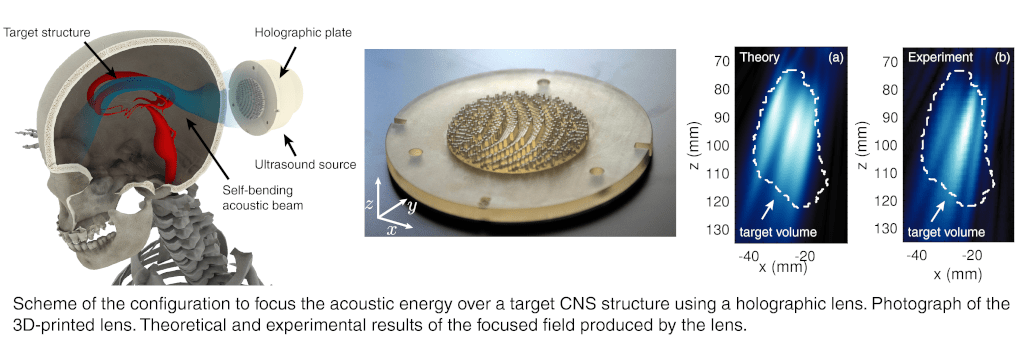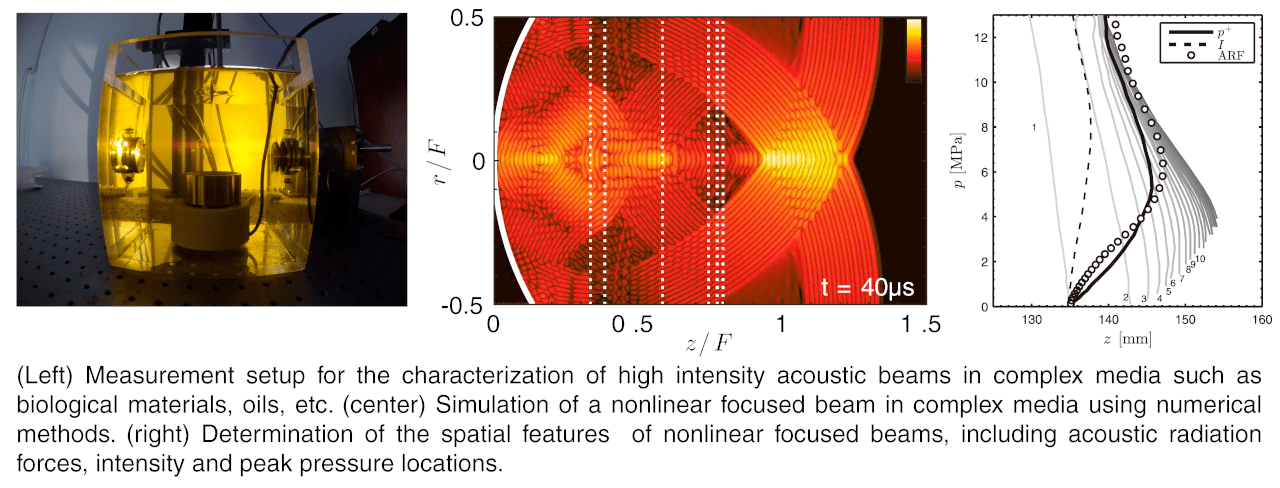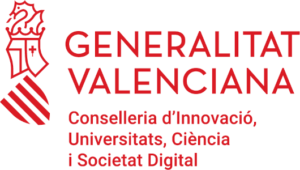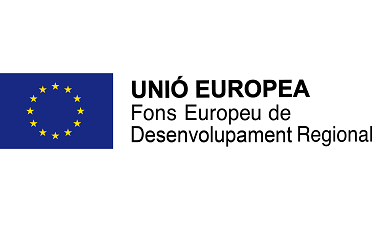Research
Research Lines (UMIL)
Lines:
- Transcranial focused ultrasound and holograms for brain therapy.
- Molecular ultrasound imaging: photoacoustic imaging and magneto-motive ultrasound Imaging.
- Lensing and vortex beams for therapeutic ultrasound.
- Ultrasonic technology applied to odontology and ophthalmology.
- Ultrasound industrial applications.
Transcranial focused ultrasound for brain therapy
At the UMIL of the I3M we develop focused transcranial ultrasound devices and protocols for the treatment of neurological disorders.
Holograms and metasurfaces for transcranial focusing
In this research line we develop passive focusing methods based on acoustic holograms to produce focused beams inside the central nervous system (CNS). In particular, we are able to produce beams whose spatial distribution fits a target CNS structure of arbitrary shape. In this way, using 3D-printed holographic lenses at UMIL we are developing low-cost focusing systems that will help to disseminate incoming therapeutic ultrasound techniques as neuromodulation or blood-brain barrier opening to treat neurological disorders.

Transcranial ultrasound for blood-brain barrier opening
The blood-brain barrier (BBB) restricts the diffusion of microscopic objects, e.g., protecting the brain from infections. However, it also prevents the passage of most therapeutic drugs. BBB disruption can be achieved by using transcranial focused ultrasound and microbubble injection in an effective, non-invasive, transient, localized and safe manner. Thus, the BBB opening enables drug delivering to specific areas of the brain, which is mandatory in research of treatments for neurological disorders as Alzheimer’s or Parkinson’s diseases. At the UMIL we develop simulations and experiments to define a protocol for the transcranial targeting of the hippocampus of an adult human by using a single-element focused transducer.
Molecular ultrasound imaging and elastograpy
At the UMIL of the I3M we develop hybrid ultrasound imaging techniques, combining ultrasound with additional physical mechanisms to go a step beyond standard US imaging techniques.
Photoacoustic imaging techniques
When an ultrashort and intense laser illuminates light absorbing materials, a part of the absorbed energy produces locally ultrasonic pulses due to thermoelastic effect. These signals are detected and can be used to reconstruct an image that take into account the absorbance of the tissue. In this way, as the absorbance spectrum varies between tissues, it enables the ultrasonic imaging at molecular level.

(Left): Experimental setup of the laser diode-based Photoacoustic Imaging system developed at the UMIL research group, featuring a laser diode, a phased array system and a 3D motorized axis. (Right). Experimental MMUS system including a B-scan of a gelatin phantom with a metallic sphere embedded in it (see the metallic sphere in the middle of the B-scan image).
Magneto-Motive ultrasound imaging
Magneto-Motive ultrasound imaging detects the presence of superparamagnetic nanoparticles through their mechanical responses to an external transient magnetic excitation. Due to their weak diamagnetic properties, normal tissue constituents do not respond to the magnetic field. However, when tissue is labeled with magnetic nanoparticles, it tends to move towards areas of lower magnetic potential. The magnetically-induced displacement within nanoparticles and the tissue associated with them is detectable by ultrasound imaging. At UMIL we are already developing a first prototype for magnetic nanoparticle detection.
Ultrasonic elastography
Ultrasonic elastography is a well-established diagnostic tool for pathologies such as liver fibrosis. At the UMIL we are developing novel elastographic techniques using acoustic radiation force and hybrid techniques.
Ultrasonic technology applied to odontology and ophthalmology
In collaboration with the Valencian Institute of Dental Research (IVIO), within the framework of IVIO-UPVChair, we develop new ultrasonic techniques for monitoring, diagnosis and treatment in the field of dentistry.
Monitoring guided-bone regeneration during implantation
In particular, we develop ultrasonic characterization methods for guided bone regeneration during implantation in odontology. We aim to characterize the complete regeneration process using ultrasound to guide the treatment, optimize implantation and avoid or detect complications. The use of ultrasound is desirable as it is low cost and non-ionizing radiation, thus, it can be employed to monitor long healing treatments without the risks associated to X-Ray Computed Tomography imaging techniques.
Ultrasonic characterization of teeth and synthetic bone-grafts
Moreover, ongoing research is developed at UMIL to quantitatively characterize the mechanical properties of teeth, e.g., demineralization, and synthetic bone-graft materials using ultrasonic techniques.

Therapeutic ultrasonic beams
Focused ultrasound beams are commonly used for imaging and therapy. At the UMIL of the I3M we study the propagation of focused ultrasonic beams travelling through biological tissues, from small amplitudes to high intensity (nonlinear) ultrasound.
Simulation methods for linear and nonlinear wave propagation
We develop computational methods to model nonlinear acoustic propagation of focused ultrasound beams, as well their associated acoustic radiation forces and thermal patterns. The purpose of this research line is to understand the mechanisms that affect the ultrasonic propagation in a realistic environment shedding light to develop new imaging and therapy techniques.

Industrial applications of ultrasound
Beyond the medical use of ultrasound industrial applications are developed at UMIL, mostly under agreement and contracts with private companies.
Ultrasonic applications for the food industry (AVI)
Funded by the “Agència Valenciana de la Innovació” we develop industrial applications of ultrasound for food texture and quality characterization through the Unitat Científica d’Innovació Empresarial of the UPV at i3M, which is currently dedicated to convert the knowledge of the whole research institute into innovations usable by the companies, as well as to facilitate its transfer to through license concessions, business creation and collaboration in R&D+i projects with companies.
Transducers for industrial applications
Our group has a long experience in developing custom ultrasonic sensors and actuators for specific industrial applications. We are open to design, optimize and fabricate transducers on request for industrial applications.

Ultrasound transducer design, modelling, manufacturing and characterization for both, sensors and actuators.

- Generalitat Valenciana: CIPROM/2021/003
- Generalitat Valenciana: AICO/2020/268
- Generalitat Valenciana: AICO/2016/108
- Generalitat Valenciana: GV/2018/011
- Generalitat Valenciana: CIAPE/2022/15
- Generalitat Valenciana: CIAPOS/2021/275
- Generalitat Valenciana: APOSTD/2018/229
- Generalitat Valenciana: APOSTD/2017/042
- Generalitat Valenciana: ACIF/2017/045
- Generalitat Valenciana: BEFPI/2019/075
- Generalitat Valenciana: GRISOLIAP/2021/029
- Generalitat Valenciana: FDEGENT/2019/004
- Generalitat Valenciana: INVEST/2022/171
- Generalitat Valenciana: EDGJID/2021/189
- Generalitat Valenciana: EDGJID/2021/260
- Generalitat Valenciana: GJIDI/2018/A/249
- Agència Valenciana de la Innovació: “Valorización, L1” INNVAL1/12025/89
- Agència Valenciana de la Innovació: “Estratégicos en Cooperación”, INNEST/2022/345
- Agència Valenciana de la Innovació: “Valorización, L1” INNVA1/2022/37
- Agència Valenciana de la Innovació: Valorización L1” INNVA1/2022/50
- Agència Valenciana de la Innovació: “Valorización, L1” INNVAL10/19/016
- Agència Valenciana de la Innovació: “Valorización, L1” INNVA1/2020/92
- Agència Valenciana de la Innovació: “Valorización, L2” INNVA2/2022/11
- Agència Valenciana de la Innovació: INNCON/2021/8
- Spanish Ministry of Science, Innovation and Universities: “Proyecto Nacional Retos i+d” EARMAP PID2019-111436RB-C22 and PID2019-111436RB-C21 funded by MCIN/ AEI /10.13039/501100011033
- Spanish Ministry of Science, Innovation and Universities: “Ramón y Cajal” RYC2021-034920-I
- Spanish Ministry of Science, Innovation and Universities: “Juan de la Cierva – Incorporación” IJC2018-037897-I
- Spanish Ministry of Science, Innovation and Universities: “Juan de la Cierva – Formación” FJC2019-040453-I
- Spanish Ministry of Science, Innovation and Universities: “Juan de la Cierva – Formación” FJC2016-29430
- Spanish Ministry of Science, Innovation and Universities: FPU19/00601
- Universitat Politècnica de València: AP2021-08
- Universitat Politècnica de València: AP2020-19
- Universitat Politècnica de València: AP2020-32
- Universitat Politècnica de València: FISABIO-2020-B15
- Universitat Politècnica de València: PAID-10-19
- European Union, “Programa Operativo del Fondo Europeo de Desarrollo Regional” (FEDER) of the Comunitat Valenciana: IDIFEDER/2021/004
- European Union, “Programa Operativo del Fondo Europeo de Desarrollo Regional” (FEDER) of the Comunitat Valenciana: IDIFEDER/2018/022
- European Union: “Next Generation EU” – PTI Salud Global” SGL2103046





